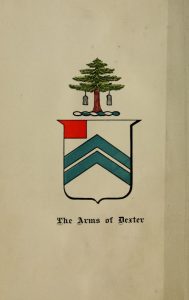1894 Michigan State Census – Eaton County
United States Soldiers of the Civil War Residing in Michigan, June 1, 1894 [ Names within brackets are reported in letters. ] Eaton County Bellevue Township. – Elias Stewart, Frank F. Hughes, Edwin J. Wood, Samuel Van Orman, John D. Conklin, Martin V. Moon. Mitchell Drollett, Levi Evans, William Fisher, William E. Pixley, William Henry Luscomb, George Carroll, Collins S. Lewis, David Crowell, Aaron Skeggs, Thomas Bailey, Andrew Day, L. G. Showerman, Hulbert Parmer, Fletcher Campbell, Lorenzo D. Fall, William Farlin, Francis Beecraft, William Caton, Servitus Tucker, William Shipp, Theodore Davis. Village of Bellevue. – William H. Latta, Thomas B. … Read more


